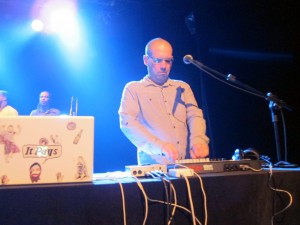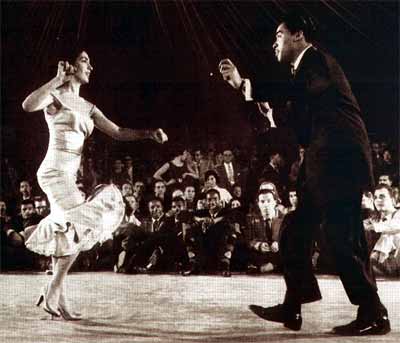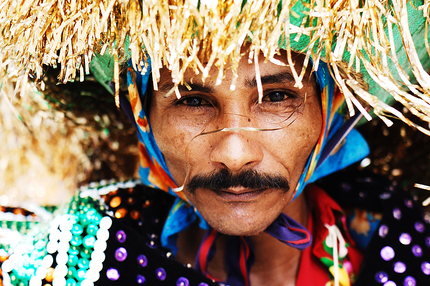The soft strains of música popular brasileira (MPB) are fine for making breakfast in the morning as I tune into MPB FM, nothing too harsh before my café com leite. On the flip side, the overwhelming bass of a baile funk is all bluster, no subtlety,
brash and exuberant and over the top, perfect for a bleary-eyed all nighter. But somewhere in the vast wellspring of Brazilian music there must be a middle ground – complex but not abrasive, sonorous but not soft. I found some version of that
platonic ideal on March 25. Nearby Lapa was in its usual Friday night full swing, and on the side street that is home to the Teatro Rival there was a baile black underway – a crowd of slightly older Afro-Brazilians grooving to the sounds of ’90s hip-hop and RnB (Lauryn Hill’s “Doo Wop” was on full blast when I arrived).
 Slipping into the underground theater was a strange portal back to the kind of bobo
Slipping into the underground theater was a strange portal back to the kind of bobo
spots like World Café Live where I saw international music acts in Philadelphia.
Thankfully, the Brazilian crowd cut loose more than your average gringo audience
and thrashed around with joyful abandon as Orchestra Santa Massa reinterpreted
the traditional sounds of northeastern Brazil at their first show in seven years.
The artful mix of buoyant brass (trombone + trumpet), skillful violin, hauntingly beautiful male and female vocals that seemed to reach back centuries, and a judicious but not heavy-handed layer of samples and effects by ringleader (maestro?) DJ Dolores was indeed enough to renew my faith in Brazilian music.
DJ Dolores is a veteran of Recife’s manguebit movement, which in the late ’90s
began mixing the folk music of Pernambuco (the state of which Recife is the capital)
with rock instrumentation and electronic manipulation. Sometimes shoddy,
oftentimes revolutionary, manguebit has ebbed and flowed over the last decade.
But Dolores remains a mainstay of musical innovation, and has resurrected Santa
Massa at least for a tour, if not for another album. Equally adept as a DJ, he kept
the offbeat crowd – from a Bangalafumenga (a 50,000+ Carnival bloco) drummer
to a dedicated hula-hooper – on the dance floor well after curtain call, including
some nice cumbia cuts that I have yet to hear in Rio. Perhaps unconsciously, he was
rightly calling attention to yet another Latin American music with a storied tradition
that has been tweaked and tuned-up in the 21st century.










